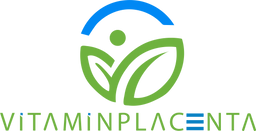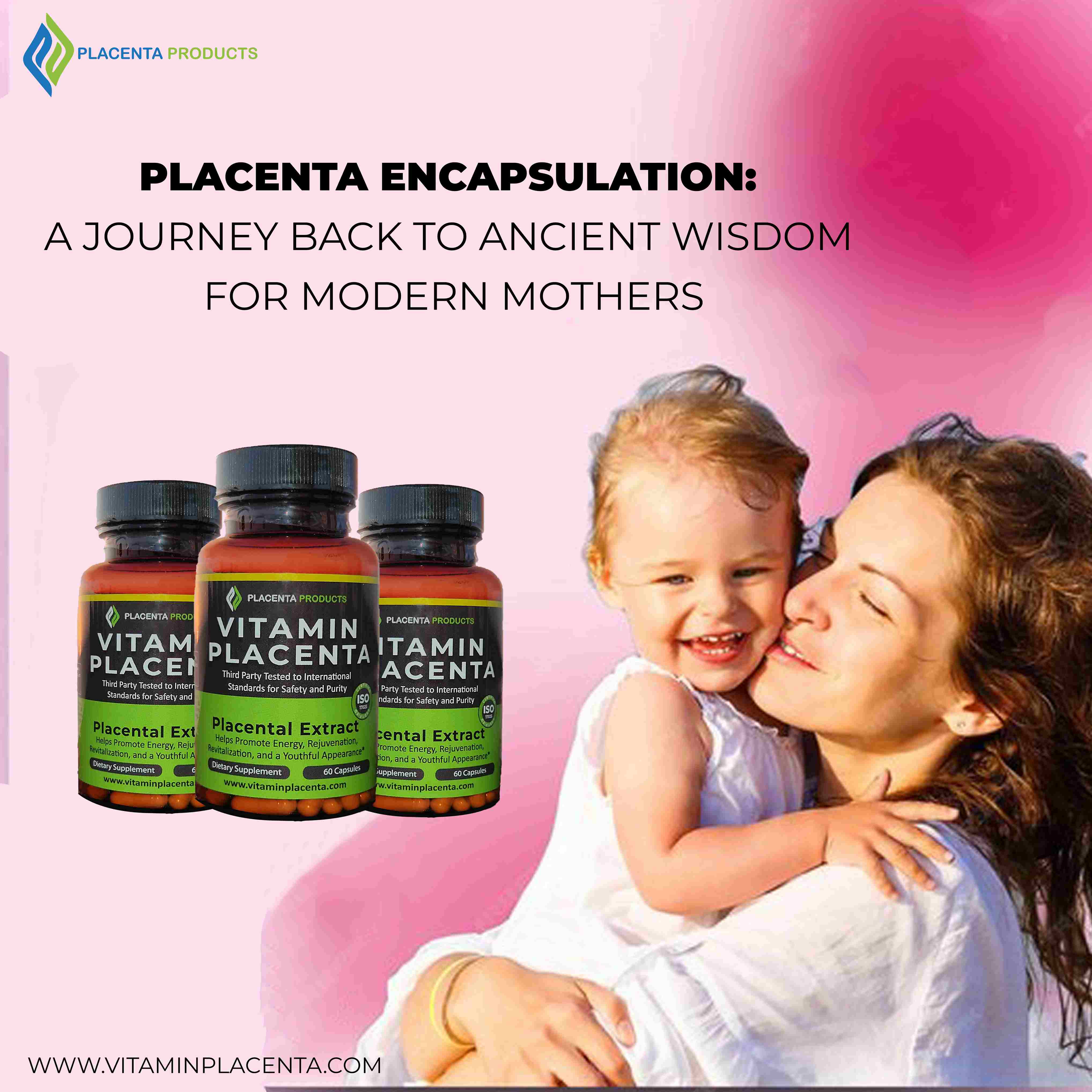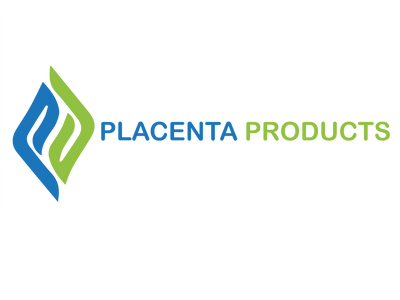Placenta Encapsulation: A Journey Back to Ancient Wisdom for Modern Mothers

Hey there, mamas-to-be and new moms! Today, we're venturing into a captivating yet sometimes controversial topic: placenta encapsulation. If you're like me, you're constantly seeking natural and holistic ways to support your health and well-being, especially during the transformative postpartum period. So, let's explore this age-old practice that's making a comeback in the modern world, offering a unique blend of ancient wisdom and modern convenience.

What is Placenta Encapsulation, and Why the Buzz?
In essence, placenta encapsulation is the process of ingesting your placenta after childbirth, usually in the form of convenient capsules. While it may sound unusual to some, this practice has deep roots in various cultures and traditions, where the placenta has been revered for its potential healing properties.
Honoring the Placenta: A Timeless Tradition
For centuries, Traditional Chinese Medicine (TCM) has recognized the placenta, known as "zi he che," as a sacred and potent source of nourishment. It's believed to replenish vital energy (qi), blood, and essential nutrients depleted during childbirth, potentially aiding postpartum recovery.
In other cultures, the placenta has been viewed as a spiritual entity, symbolizing the deep connection between mother and child. Consuming the placenta was thought to strengthen this bond and impart vitality to both mother and baby.
From Ancient Rituals to Modern Encapsulation
Traditionally, placenta consumption varied across cultures. In some, it was eaten raw or cooked shortly after birth, while in others, it was dried, ground, and incorporated into various remedies.
Modern placenta encapsulation takes a more standardized and hygienic approach:
- **Thorough Cleaning**: The placenta is carefully cleaned and inspected to ensure its safety.
- **Gentle Steaming (Optional)**: Some practitioners steam the placenta to further reduce any potential bacterial contamination.
- **Dehydration**: The placenta is gently dried at low temperatures to preserve its nutrients, hormones, and other bioactive components.
- **Grinding**: The dried placenta is finely ground into a powder.
- **Encapsulation**: The powder is neatly packaged into gelatin or vegetarian capsules, making it easy to consume.
Potential Benefits: A Glimpse into the Possibilities
While scientific research is ongoing, many mothers who have embraced placenta encapsulation share remarkable stories of:

- Revitalized energy: Battling postpartum fatigue with newfound vigor.
- Emotional balance: Finding relief from mood swings and potentially reducing the risk of postpartum depression.
- Enhanced milk production: Supporting a robust milk supply for breastfeeding.
- Speedier recovery: Bouncing back from the physical demands of childbirth more quickly.
Some even report improvements in skin elasticity, hair growth, and overall well-being. However, it's important to remember that these experiences are anecdotal, and further research is needed to confirm these potential benefits.

Safety First: Making an Informed Decision
As with any health-related choice, it's crucial to prioritize safety. The placenta, while a remarkable organ, can accumulate toxins during pregnancy. To minimize any potential risks, it's essential to:
- Choose a reputable specialist: Select a qualified and experienced placenta encapsulation specialist who adheres to strict hygiene and safety protocols.
- Consult with your healthcare provider: Discuss your medical history and any concerns you may have to determine if placenta encapsulation is right for you.
Embrace Your Journey
Placenta encapsulation is a deeply personal choice that reflects a growing desire for natural, holistic approaches to postpartum care. As you embark on this exciting journey of motherhood, remember that you have the power to make informed decisions that align with your values and priorities.
Whether you choose to encapsulate your placenta or explore other postpartum wellness practices, the most important thing is to listen to your body, trust your instincts, and embrace the incredible journey of motherhood with confidence and joy.
Let's continue the conversation! Have you considered placenta encapsulation? What questions or experiences do you have to share? We'd love to hear from you in the comments below.
---



